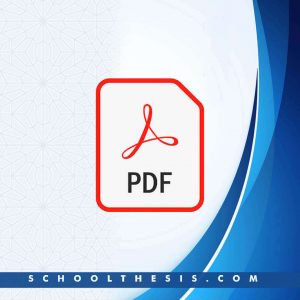A Critical Discourse Analysis of Wole Soyinka’s the Beatification of Area Boy

A Critical Discourse Analysis of Wole Soyinka’s the Beatification of Area Boy

A Critical Discourse Analysis of Wole Soyinka’s the Beatification of Area Boy
Aspects of Yukuben Noun Phrase Chapter One of Aspects of Yukuben Noun Phrase GENERAL BACKGROUND The main focus of this research work is a discussion of some aspects of Yukuben Noun phrase. In this chapter, we shall look at the historical background, socio cultural profile which include their culture, socio-linguistics profile, occupation and religion….
Aspects of the Phonology of Kúrámá Language Chapter One of Aspects of the Phonology of Kúrámá Language Introduction General Background Kúrámá language is indigenous to Nigeria with a little over 40,000 speakers (2000 estimate). The alternate names to Kúrámá are Akurmi, Akurumi, Azumu, Bagwama, Bukurumi, Tikurami. These alternate names signify one aspect or the…
Facts and Fiction in Akachi Adimora – Ezeigbo’s Chldren of the Eagle and the Last of the Strong Ones Abstract of Facts and Fiction in Akachi Adimora – Ezeigbo’s Chldren of the Eagle and the Last of the Strong Ones This research work addressed itself to the way people tend to see fictional works….
The Role of Motivation in the Acquisition of Phonetic Sounds Abstract of The Role of Motivation in the Acquisition of Phonetic Sounds Motivation plays a very important role in enhancing the students’ pronunciation learning. Consequently, the researcher’s argument is that motivation is necessary for one to learn and acquire a second or foreign language…
Class Struggle a Case Study of Festus Iyayi Violence and Animata Sow Falls the Beggers Strike Abstract of Class Struggle a Case Study of Festus Iyayi Violence and Animata Sow Falls the Beggers Strike The Concept of Class struggle describes the constant conflict among the existing strata in every society. The purpose of this…
Aspects of Yukuben Morphology Chapter One of Aspects of Yukuben Morphology INTRODUCTION This chapter is centered on the introductory part of the whole essay. It shows brief historical background of the Yukuben language speakers. As a matter of introduction to a general survey of the study of the Yukuben language morphology, on attention is…